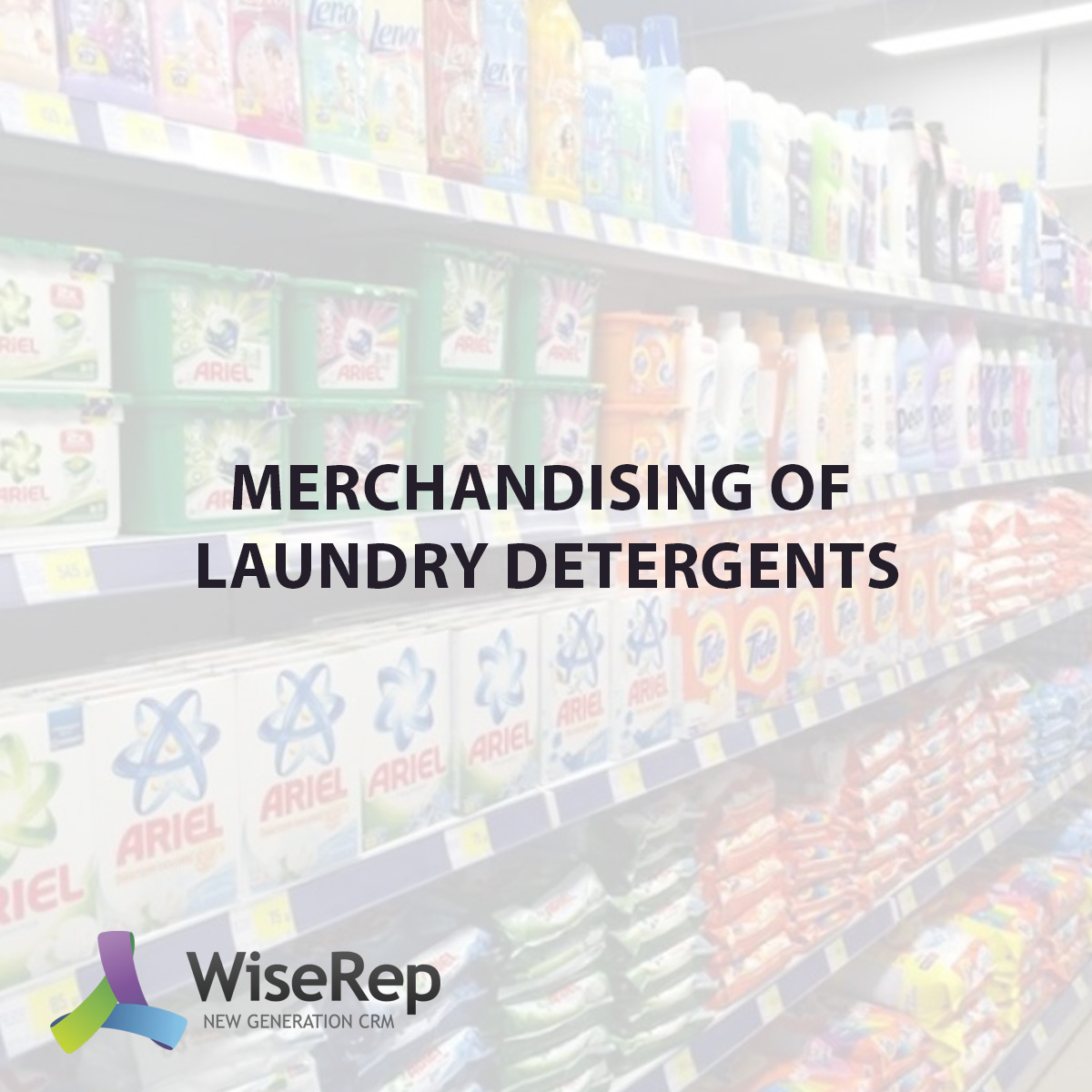Merchandising of laundry detergents using an application represents a modern approach to managing product display and promotion in retail outlets. In the highly competitive household chemicals market, manufacturers and retailers strive to use available technologies to attract customers' attention and boost sales. Merchandising applications enable the automation and optimization of processes related to product placement, shelf availability monitoring, and sales analysis.
One of the key advantages of using merchandising applications is the ability to receive real-time data on the state of product displays. This allows for rapid responses to changes in demand, adjustments in the assortment, and ensured product availability on shelves. Applications also help monitor adherence to merchandising standards, such as proper product placement, price tags, and promotional materials. This enhances the visual perception of the products, increasing their appeal to buyers.
Additionally, merchandising applications for laundry detergents provide tools to analyze sales data and the effectiveness of marketing campaigns. This helps identify the most successful promotion strategies and optimize marketing budgets. These tools also allow monitoring of competitors, analyzing their assortment and pricing policies, which supports the development of more effective competition strategies.
Applications improve collaboration between manufacturers and retailers. They facilitate data exchange regarding sales, product availability, and adherence to merchandising standards, enhancing inventory management and planning. This helps avoid product shortages or overstocking, ultimately increasing sales and reducing storage and logistics costs.
In summary, merchandising of laundry detergents using applications is an efficient tool for managing product display and promotion in retail outlets. Modern technology enables automation and optimization of merchandising processes, enhances the visual appeal of products, and drives sales. Merchandising applications also foster better collaboration between manufacturers and retailers, enabling effective inventory management and marketing campaign planning. In the competitive household chemicals market, using such applications becomes a crucial success factor.
